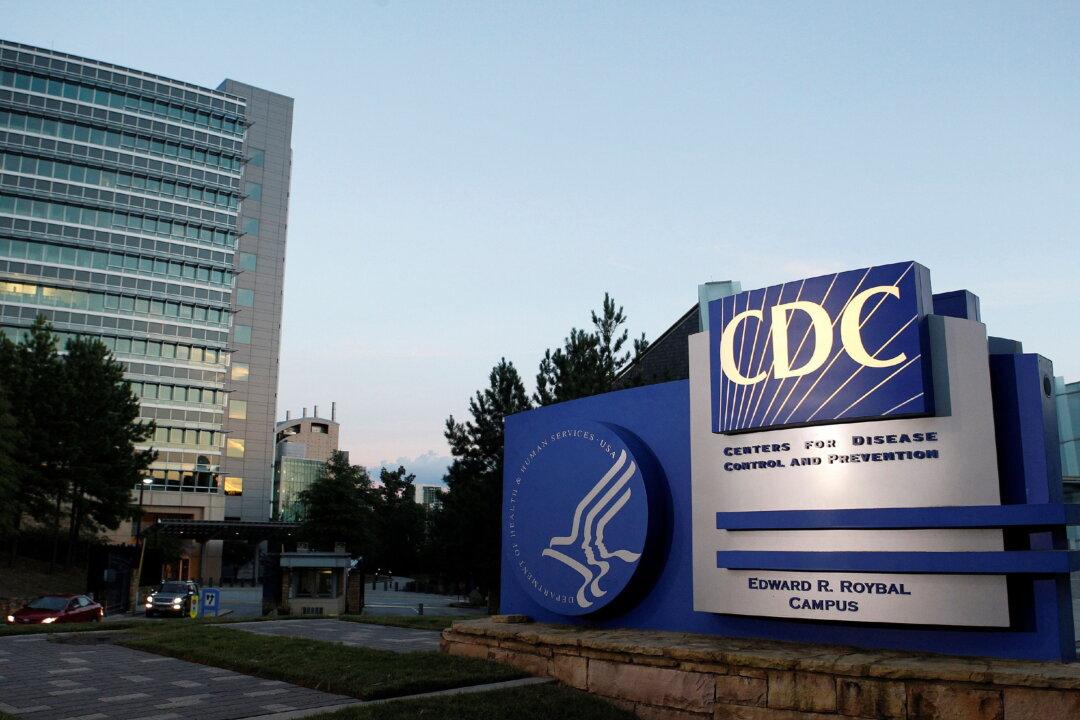Symptoms of long COVID aren’t common in children, according to a Swiss study published in the Journal of the American Medical Association on July 15.
Long COVID, also known as long-haul COVID or post-acute COVID-19, is a condition in which people experience ongoing or new symptoms four or more weeks after first being infected with the CCP virus, which causes the disease COVID-19. The condition may occur in people who have had severe or mild COVID-19 illness or after receiving a COVID-19 vaccine.






